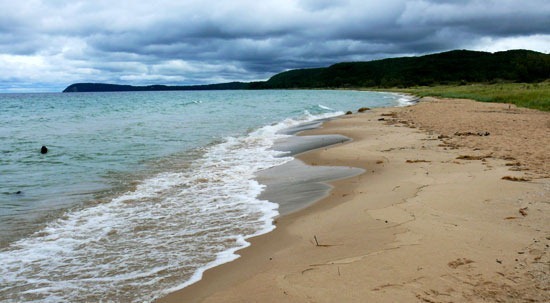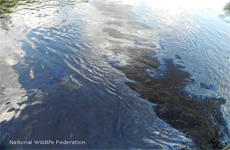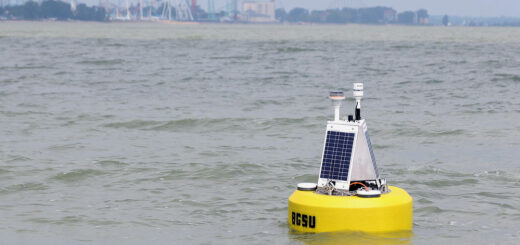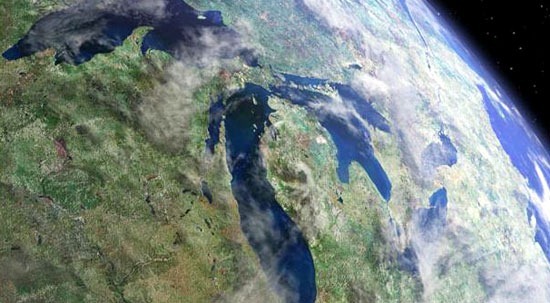Thousands of walleye dead, possibly due to VHS
0
Photographed at Gavins Point National Fish Hatchery in Yankton, SD. (Credit: Sam Stukel / USFWS via Flickr Public Domain)
Scientists are searching for clues to explain why thousands of dead walleye have turned up in Lake Erie’s western basin.
Roger Knight, Lake Erie fisheries program manager for the Division of Wildlife, points out the die-off occurred during the most stressful time of year for the fish, the spawning season.
Compounding the usual stress of spawning was a period of unusually cold weather. Knight added that April’s particularly stormy weather resulted in high winds and rough waters, adding a significant amount of stress to the already burdened walleye.
Researchers are finding that the majority of the population killed was male. As males spent time waiting for females in the exposed waters of the shallow Lake Erie reefs, their protective coating was stripped by the unusually rough waters. The absence of this protective slime, Knight said, may have opened the door for the extremely dangerous Viral Hemorrhagic Septicemia to take hold in the population.
More testing is needed to fully determine whether VHS is the culprit for the Lake Erie die-off, but all evidence shows the virus was a likely cause, Knight said, adding that whatever killed the fish is not a danger to people catching or consuming the fish. Even if it was VHS, the virus is not contagious to humans.
Dead Fish In Lake Erie: Thousands Of Walleye Mysteriously Die [The Huffington Post] Bad weather blamed for deaths of Western Lake Erie walleye [The Cleveland Plain Dealer] Viral Hemorrhagic Septicemia [United States Department of Agriculture]













